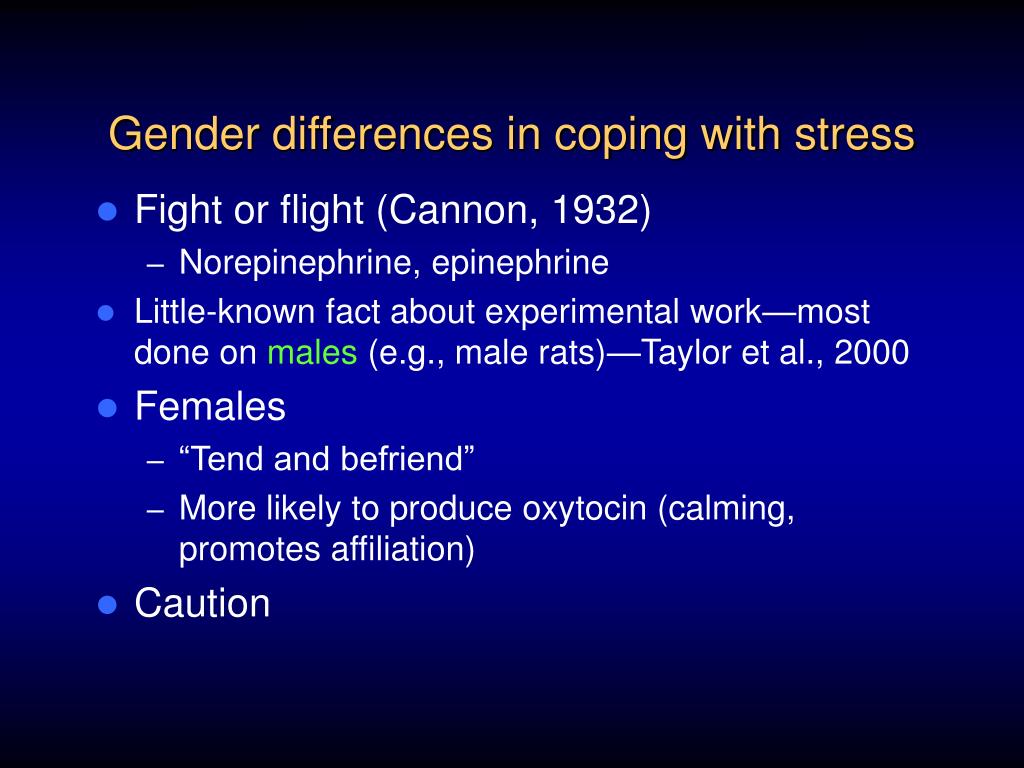
What causes optimistic bias? Some of the optimistic bias may be attributed to cognitive factors. People also hold similarly self-serving beliefs about their risk-related behaviors such as diet and alcohol consumption (Suls, Wan, & Sanders, 1988). In addition, the bias is more likely to occur when people compare themselves with aggregated comparison targets such as "the average person" than with more individualized comparison targets such as a friend or even a randomly chosen person (Alicke, Klotz, Breitenbecher, Yurak, & Vredenburg, 1995). Optimistic biases are more likely to emerge for events that are controllable (Klein & Helweg-Larsen, 2002) and for which people have stereotypes of the typical person who experiences the event (Weinstein, 1980). The bias appears in a wide variety of disparate samples including adolescents (Quadrel, Fischhoff, & Davis, 1993), community residents of varying age and socioeconomic status (Weinstein, 1987), prostitutes (van der Velde, van der Pligt, & Hooykaas, 1994), women marines (Gerrard, Gibbons, & Warner, 1991), and smokers (Weinstein, 1998). Optimistic bias has been demonstrated across a wide variety of positive and negative events, with most work focusing on health problems such as lung cancer, HIV infection, and alcoholism (for reviews see Helweg-Larsen & Shepperd, 2001 Hoorens, 1993 Klein & Weinstein, 1997). Subsequent work has attempted to evaluate the prevalence of this bias as well as its determinants and moderators. As noted later, optimistic bias has been more frequently defined using the comparative definition above due to greater methodological ease. Other terms representing the same construct include "unrealistic optimism," "illusion of invulnerability," "illusion of unique invulnerability," "optimism bias," and "personal fable." It is also possible to be optimistically biased by being overconfident about the objective chances of experiencing a positive event (or avoiding a negative event), irrespective of how one's chances compare with those of one's peers. Because a majority of individuals in a group cannot be above (or below) the mean unless the distribution is highly skewed, these findings represented a bias at the level of the group.

The bias was first demonstrated by Weinstein (1980), who reported that a majority of college students believed their chances of events such as divorce and having a drinking problem to be lower than that of other students, and their chances of events such as owning their own home and living past 80 years of age to be higher than that of other students. Optimistic bias is commonly defined as the mistaken belief that one's chances of experiencing a negative event are lower (or a positive event higher) than that of one's peers.


 0 kommentar(er)
0 kommentar(er)
